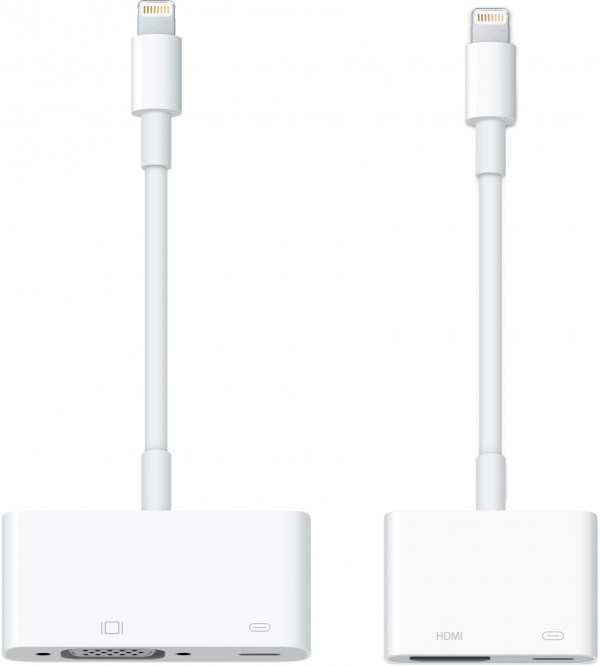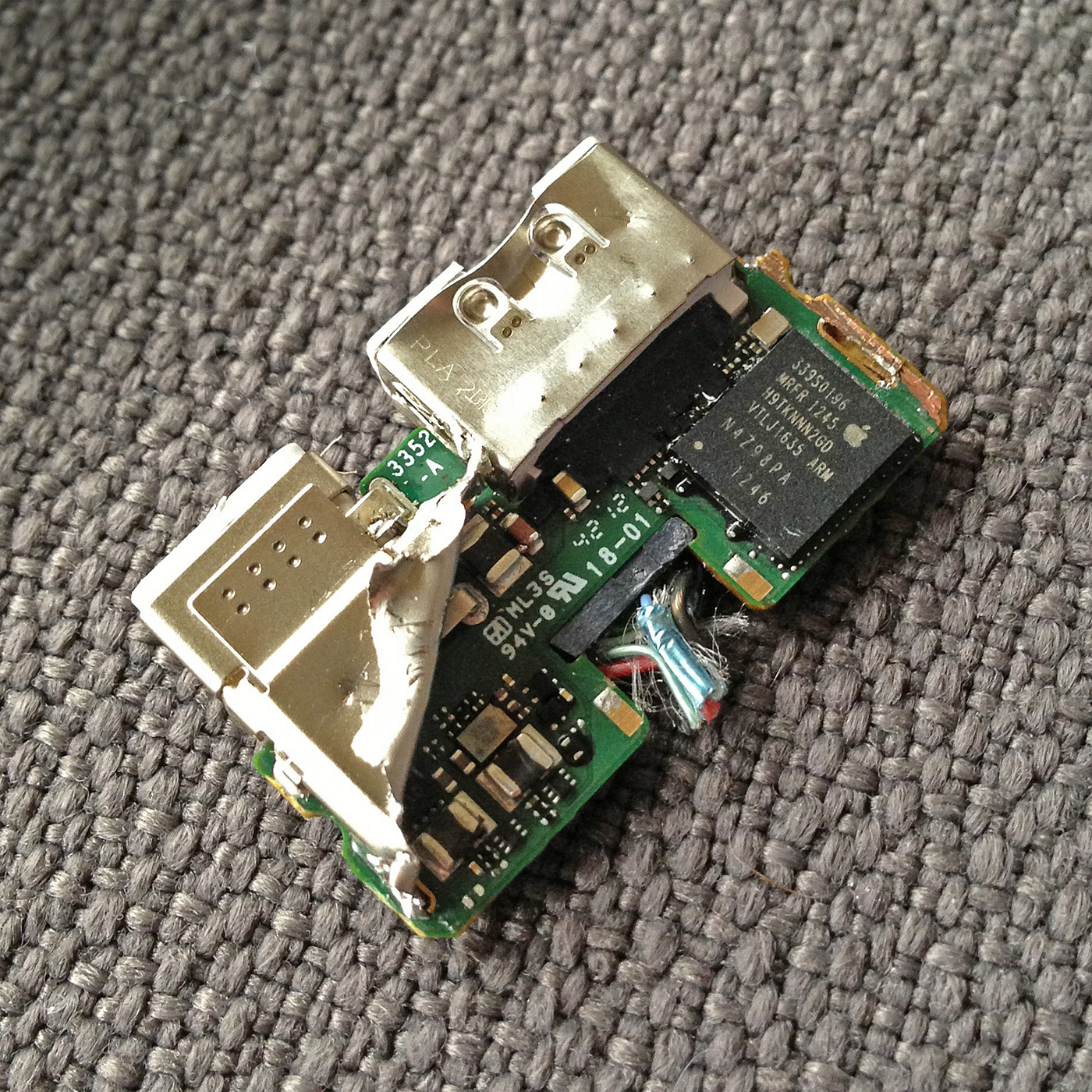The switch from the 30-pin connector to the Lightning, recently promoted by Apple, is more than justified. Yes, many users “lost” several accessories or had to buy a Lightning adapter for 30 pins in order to use part of them in their new gadgets (fourth generation iPad, iPad mini, iPhone 5, iPod touch and iPod nano).
But the truth is, if Apple remained using the 30-pin connector, it would be impossible to have an iPhone 5 just 7.6mm thick, an iPad mini 7.2mm and an iPod touch 6.1mm! In addition, one he brought a very positive factor: no matter the orientation of the cable, plugged in, it worked!
The novelty, however, did not bring only good things. Right at the arrival of the iPhone 5 (first gadget equipped with the Lightning connector), it was only possible to mirror a video to the television through AirPlay Mirroring, since the adapters launched by Apple up to that moment did not support video output.

Then, luckily, Apple launched new adapters (Lightning for VGA and Digital AV) and with that it again gave the possibility for users to play video from their devices on televisions.
Working on a new video project, developer Panic is conducting several tests with these adapters and discovered something very curious. The first thing is that Lightning for Digital AV [o da direita, na imagem acima] does not support Full HD (1080p) resolution – the maximum resolution is 1600 × 900 pixels; which is very strange, since the old adapter can transmit the videos in 1920 × 1080 pixels.

And this, of course, influences the quality of what is transmitted, something that Panic also proved when saying that the texts shown on television coming from an image of a iGadget look better using the old adapter.
After all, what is the problem with this adapter, then? With that question in mind, they decided to take an iFixit and disassembled the small adapter.

To everyone’s surprise, they found an ARM chip entitled to 2GB (that is, 256MB) of RAM. The most logical explanation – so far – for all this is that, as Lightning does not support video output, Apple decided to put a microcomputer inside that adapter capable of sending all the information to the television via “AirPlay” (or some kind in streaming in MPEG), which is a kind of way to make everything work as before.
The problem, as we have seen, is that it does not work, at least not with the same quality.
[via iDownloadBlog]
Update
More on the subject – and a possible explanation of why Apple put this microcomputer inside the adapter – in this post.
